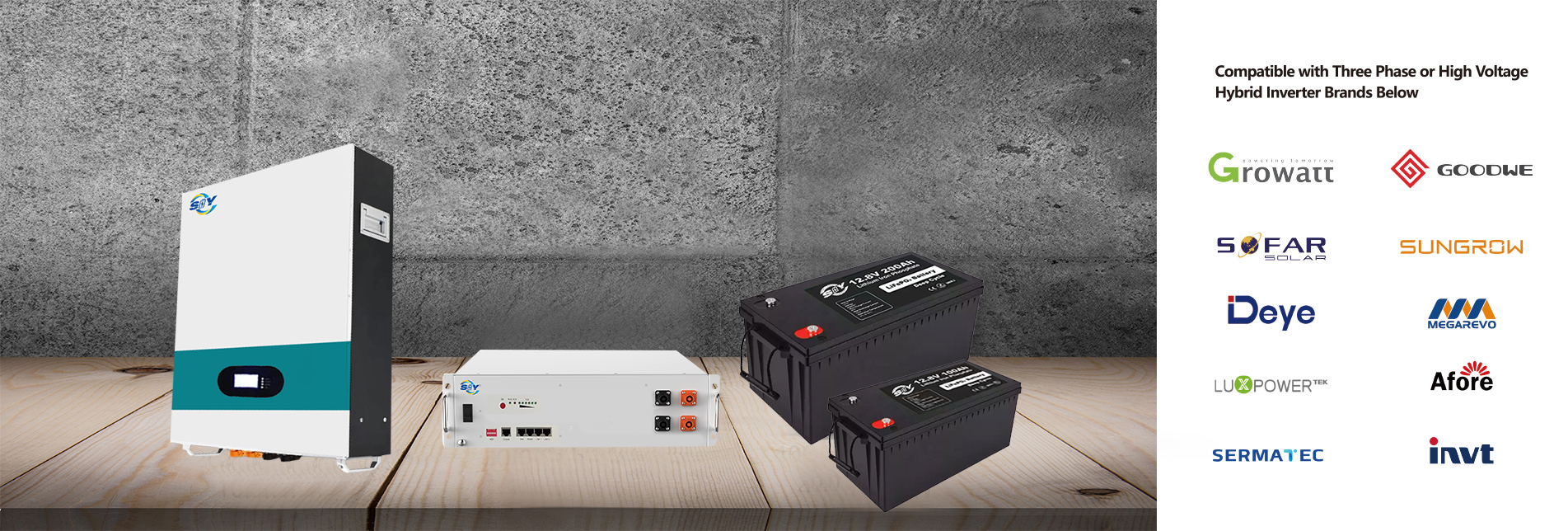
2023-07-31
2022 is widely recognized as the year of the energy storage industry, and the residential energy storage track is also known as the golden track by the industry. The core driving force behind the rapid growth of residential energy storage comes from its ability to improve the efficiency of spontaneous electricity consumption and reduce economic costs. Under the energy crisis and policy subsidies, the high economy of residential PV storage was recognized by the market, and the demand for PV storage began to explode. At the same time, in the event of a power outage in the power grid, photovoltaic batteries can also provide emergency power supply to maintain the basic electricity demand of household.
Facing the numerous residential energy storage products on the market, how to choose has become a perplexing issue. Careless selection can lead to inadequate solutions to actual needs, increased costs, and even potential safety hazards that endanger public safety. How to choose a suitable home optical storage system for oneself?
Q1: What is residential PV energy storage system?
The residential PV energy storage system utilizes the solar power generation device on the roof to supply the electricity generated during the day to residential electrical equipment, and stores the excess electricity into the PV energy storage system for use during peak hours.
Core components
The core of a residential PV energy storage system consists of photovoltaic, battery and hybrid inverter. The combination of residential PV energy storage and residential photovoltaic forms a residential PV energy storage system, which mainly includes multiple parts such as batteries, hybrid inverter and component system, etc.
Q2: What are the components of residential PV energy storage systems?
Power’s residential single/three-phase energy storage system solutions cover the selection of power ranges from 3-10kW, providing customers with more choices and comprehensively meeting various electricity needs.
PV energy storage inverters cover single/three-phase, high/low voltage products: N1 HV, N3 HV, and N1 HL series.
The battery system can be divided into high-voltage and low-voltage batteries according to voltage: Turbo H1, Turbo H3, and Turbo L1 series.
In addition, SY Power also has a system that integrates hybrid inverters, lithium batteries, and controllers: the All-IN-ONE series of energy storage integrated machines.
Q3: How to choose the suitable residential storage product for me?
Step 1: Single phase or three-phase? High voltage or low voltage?
Firstly, it is necessary to understand whether the residential electricity meter corresponds to single-phase or three-phase electricity. If the meter displays 1 Phase, it represents single-phase electricity, and a single-phase hybrid inverter can be selected; If the meter displays 3 Phase, it represents three-phase electricity, and three-phase or single-phase hybrid inverters can be selected.Compared to residential low-voltage energy storage systems, SY high-voltage energy storage system has more advantages!
In terms of performance: using batteries of the same capacity, the battery current of the high-voltage optical storage system is smaller, causing less interference to the system, and the efficiency of the high-voltage optical storage system is higher;
In terms of system design, the circuit topology of the high-voltage hybrid inverter is simpler, smaller in size, lighter in weight, and more reliable.
Step 2: Is the capacity large or small?
The power size of hybrid inverters is usually determined by the power of PV modules, while the selection of batteries is highly selective.
In the self use mode, under normal circumstances, the battery capacity and inverter power are proportioned at a ratio of 2:1, which can ensure load operation and store excess energy in the battery for emergency use.
The SY Turbo H1 series single pack battery has a capacity of 3.74kWh and is installed in a stacked manner. The single pack volume and weight are small, easy to transport, install, and maintain. It supports 5 battery modules in series, which can expand the battery capacity to 18.7kWh.

Previous Page
Next Page